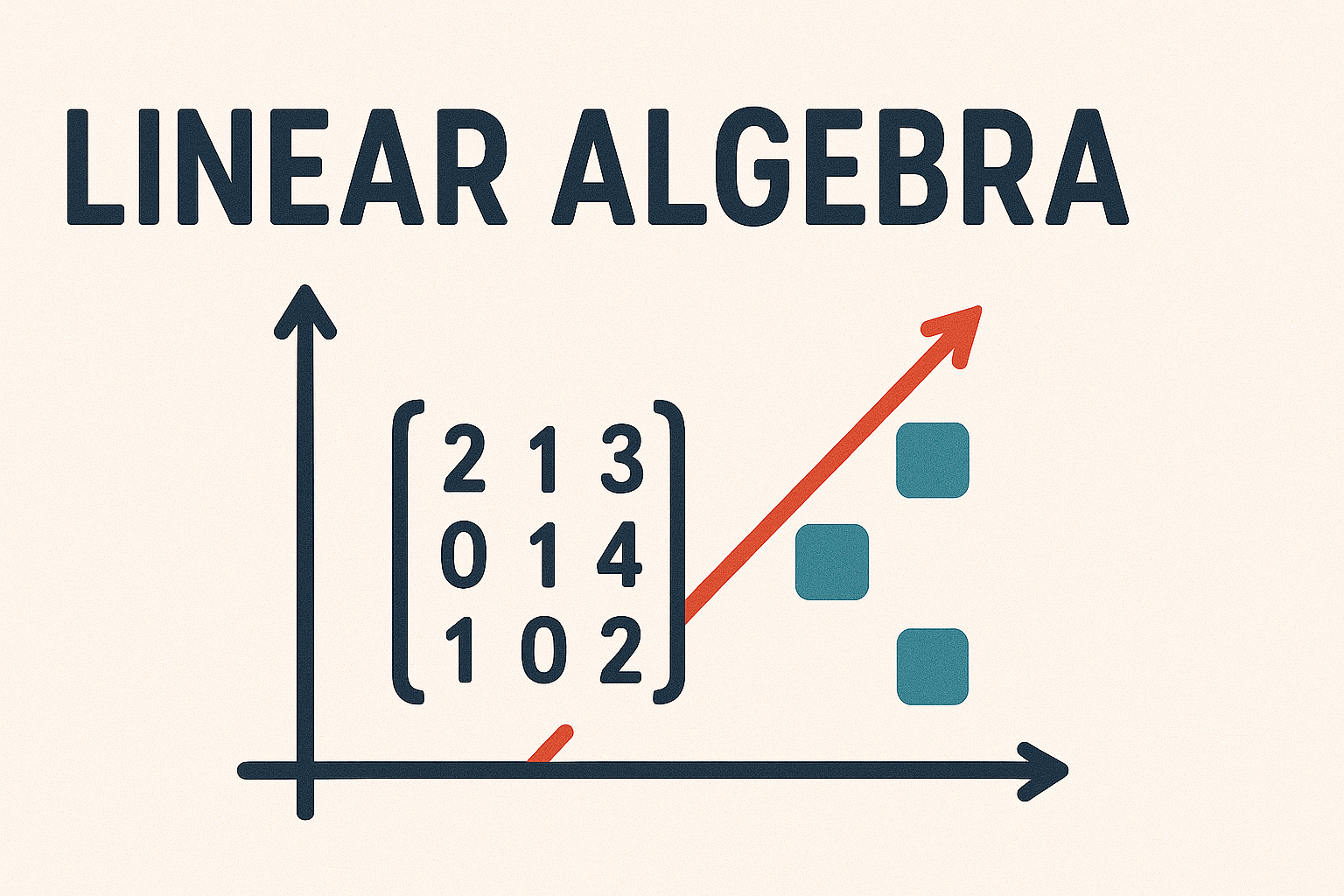6.2. Composite linear transformations#
Definition 6.5 (Composite transformations)
Let \(T : V \to W\) and \(S: W \to X\) be two linear transformations over the vector spaces \(V, W\) and \(X\). The composition of \(S\) and \(T\) is the transformation \(S \circ T: V \to X\) defined by
for all vectors \(\mathbf{u} \in V\).
For example, two linear transformations are defined as \(T:(x, y, z) \mapsto (2 x + 4 y, -x + 3 y, x + 2 y)\) and \(S:(x, y, z) \mapsto (2x + y - z, 3x + z, y - 2z)\). The composite linear transformation \(S \circ T(x, y, z)\) is
i.e., \(S \circ T(x,y , z) \mapsto (2x + 9y, 7x + 14y, -3x - y)\).
6.2.1. Composite transformation matrices#
We have seen that a linear transformation \(T: V \to W\) can be represented by a transformation matrix so that given a vector \(\mathbf{u} \in V\) the image is calculated using
Consider the composition of \(T\) with another linear transformation \(S: W \to X\) with a transformation matrix \(B\)
Substituting equation (6.3) into equation (6.3) gives
Theorem 6.2 (Composite transformation matrices)
Given two linear transformations \(T:V \to W\) and \(S:W \to X\) with transformation matrices \(A\) and \(B\) respectively then the composition \(S \circ T\) of the vector \(\mathbf{u} \in V\) is[1]
Example 6.5
Calculate the transformation matrices, \(A\) and \(B\), for the transformations \(T:(x, y, z) \mapsto (2 x + 4 y, -x + 3 y, x + 2 y)\) and \(S:(x, y, z) \mapsto (2x + y - z, 3x + z, y - 2z)\). Use them to calculate the transformation matrix \(C\) for \(S\circ T\).
Solution
The transformation matrices for \(T\) and \(S\) are
The transformation matrix for the composite transformation \(S \circ T\) is \(C = BA\)
So \(S \circ T(x,y , z) \mapsto (2x + 9y, 7x + 14y, -3x - y)\) which we saw in the example above
